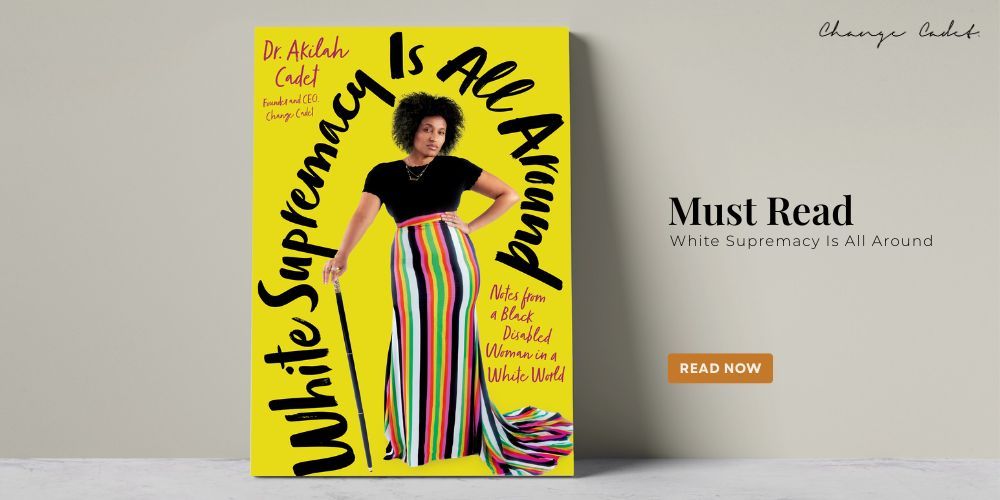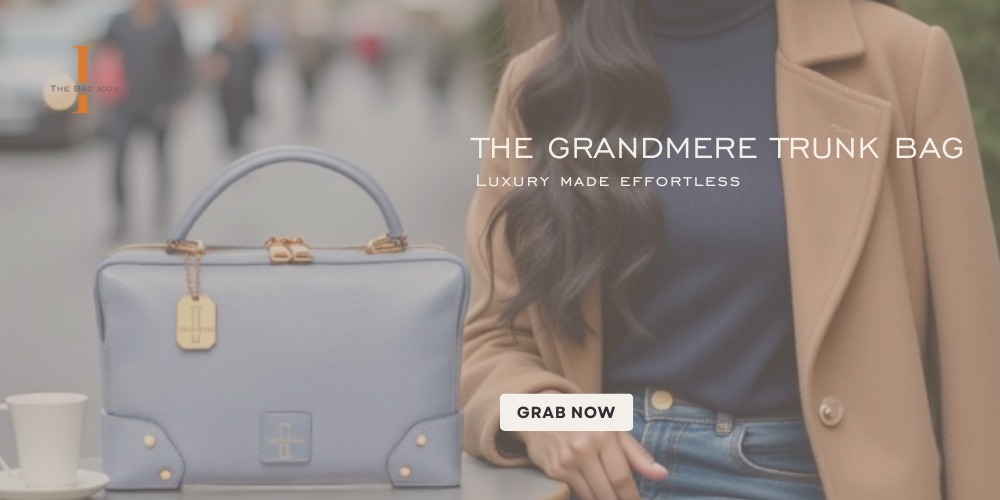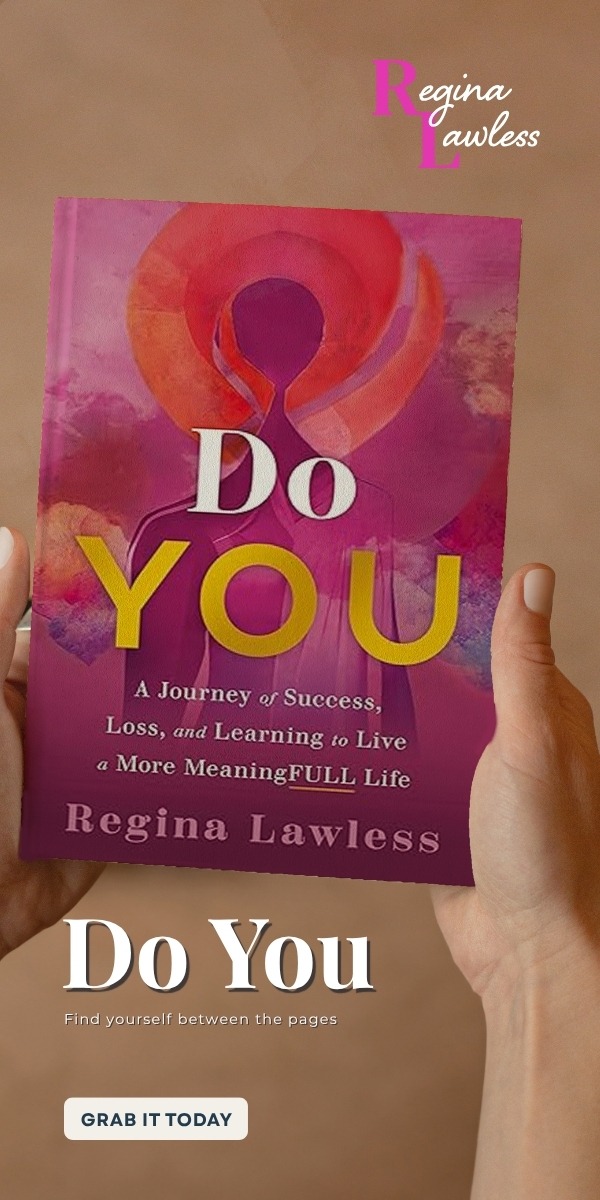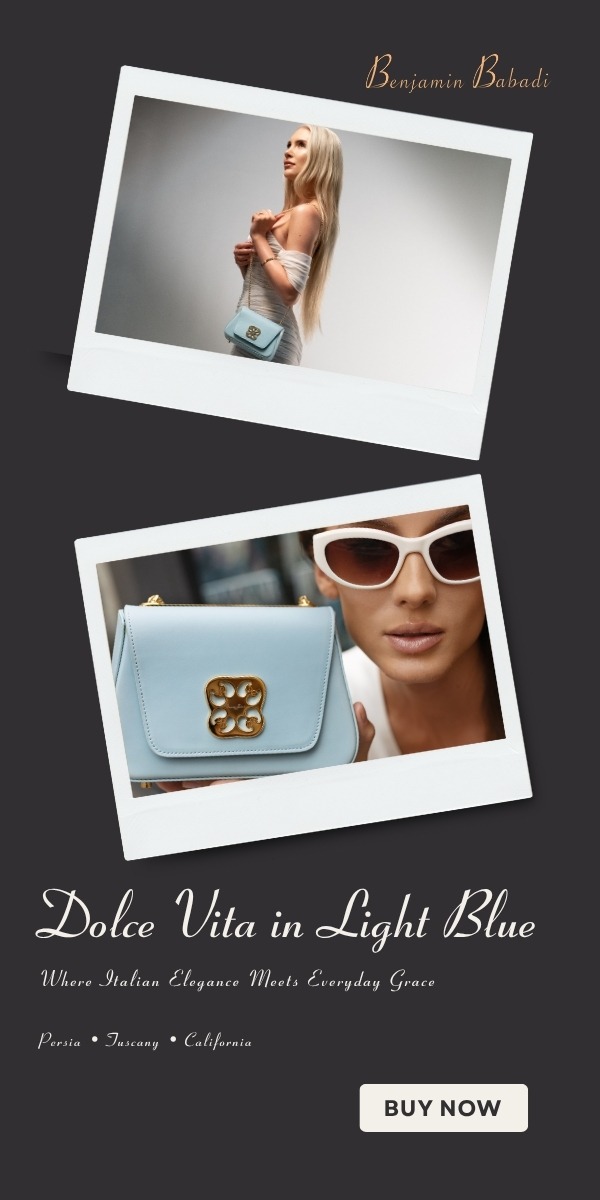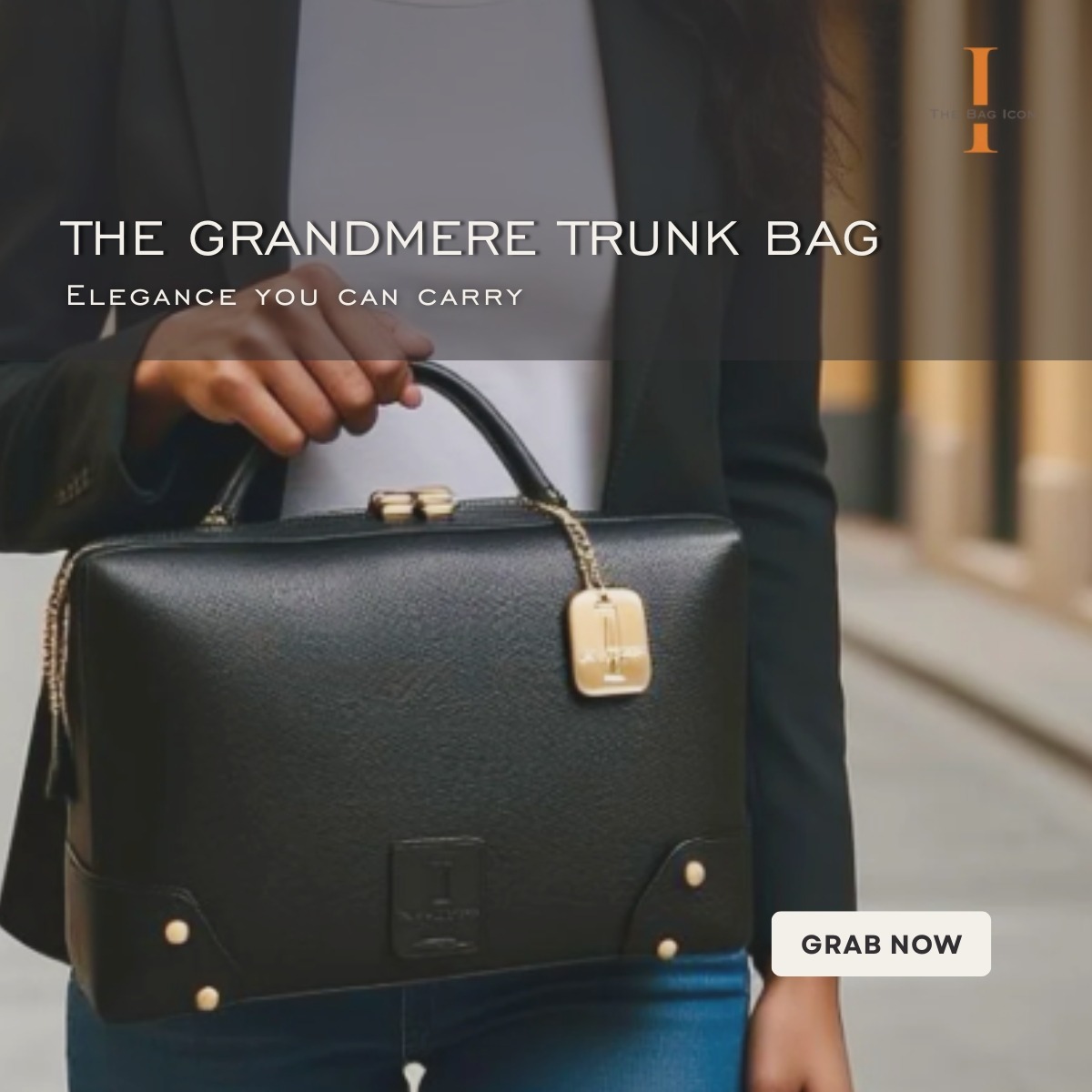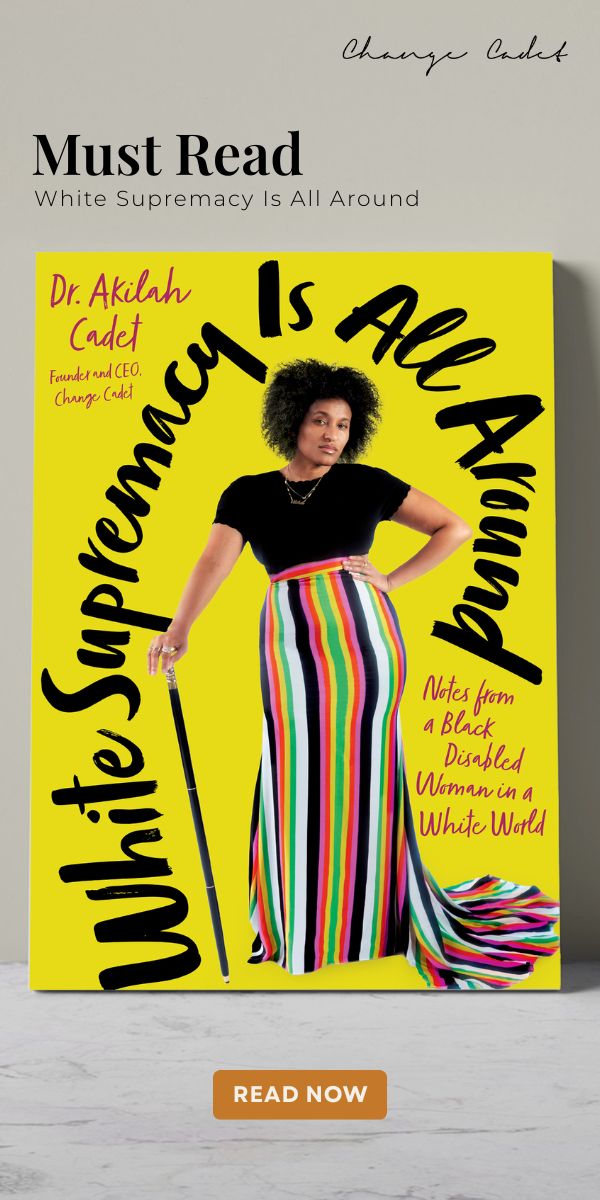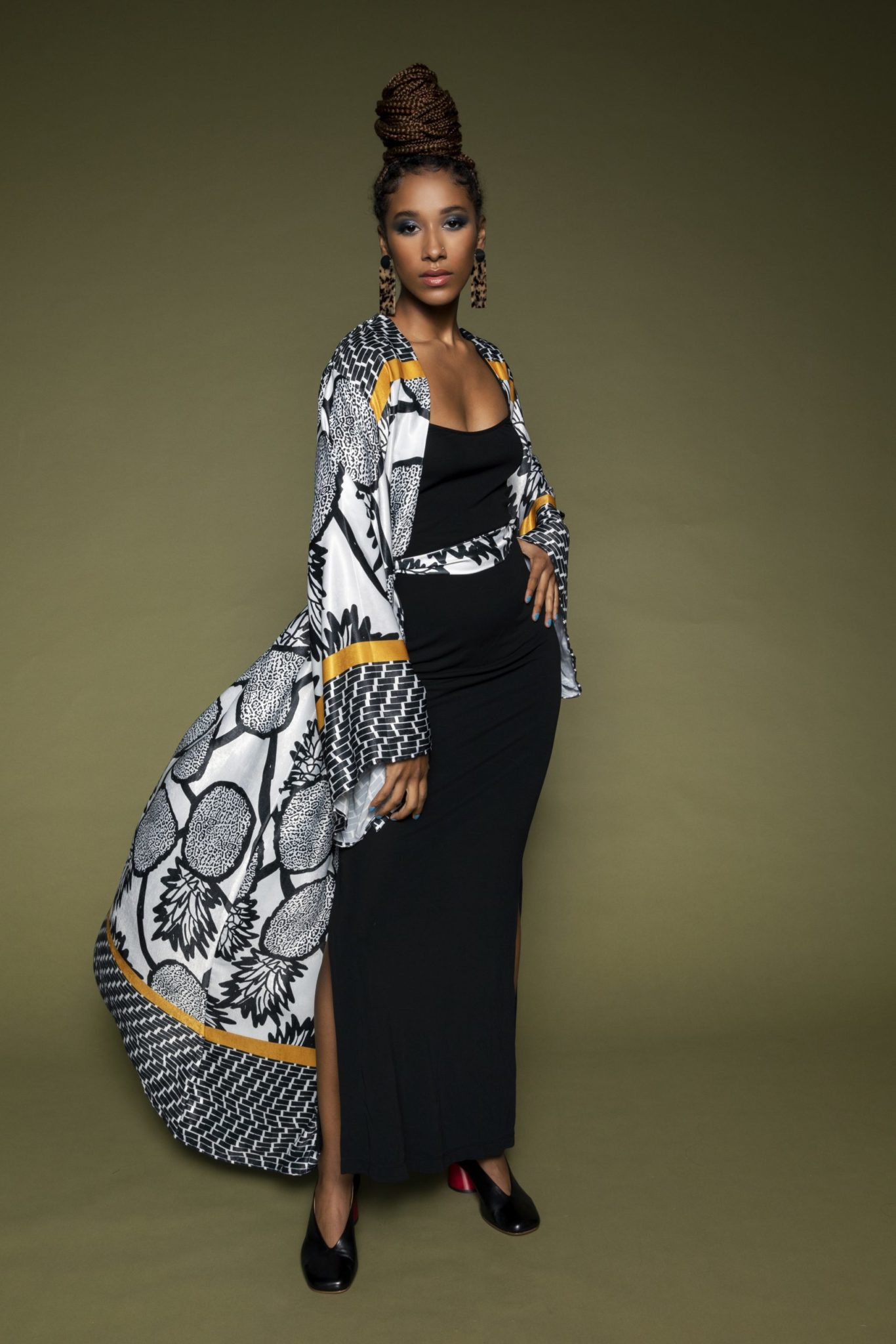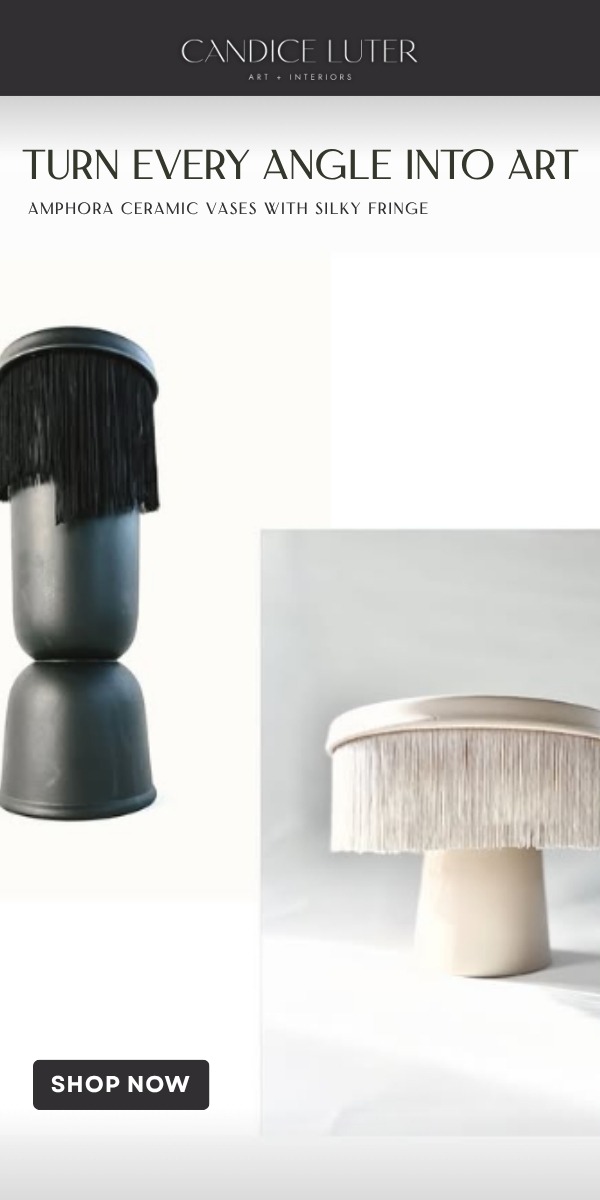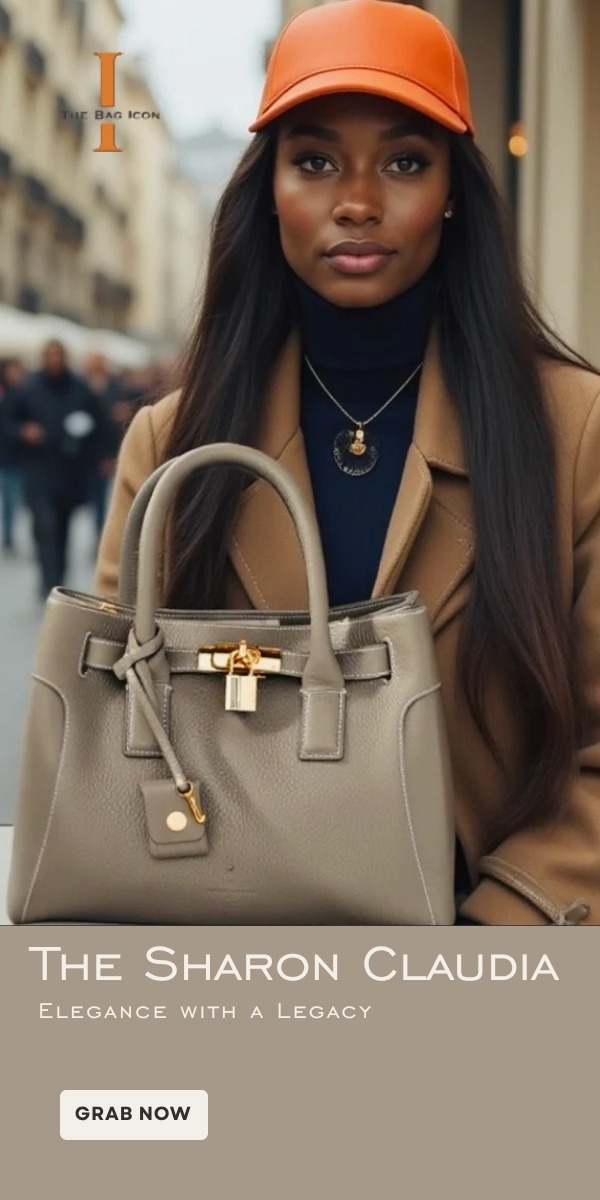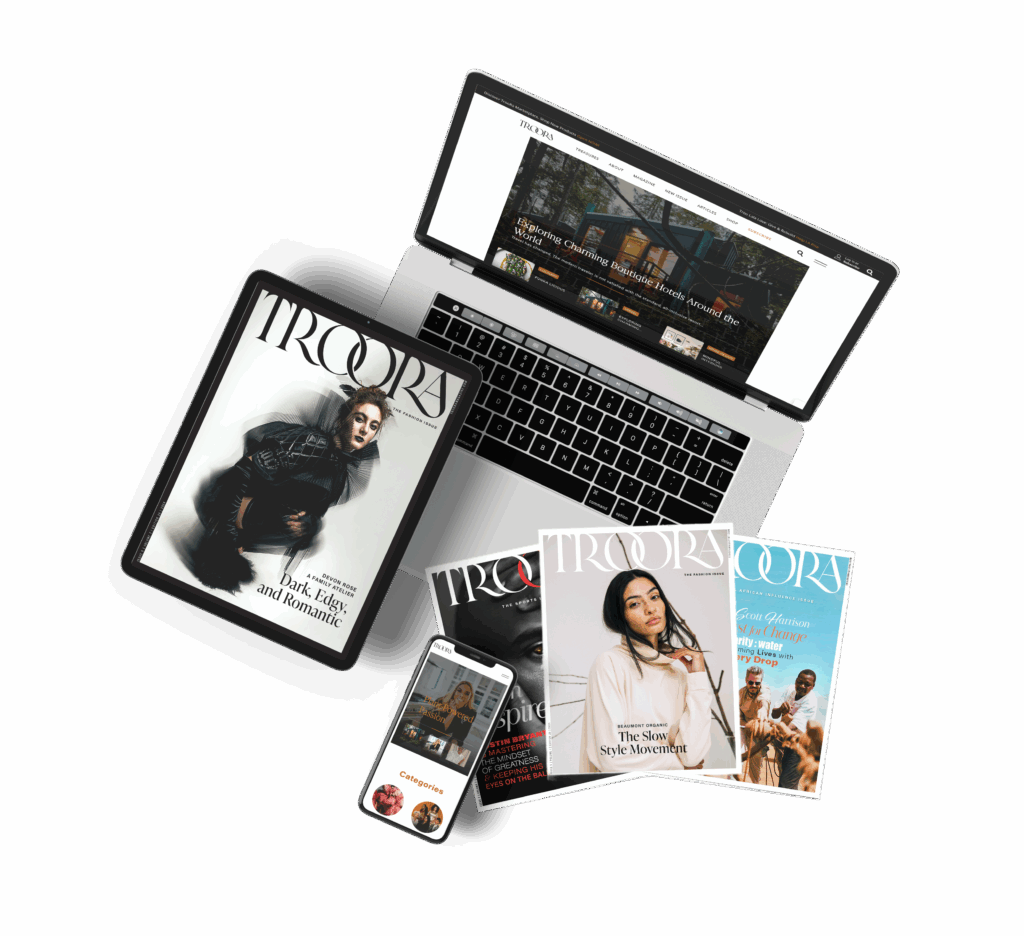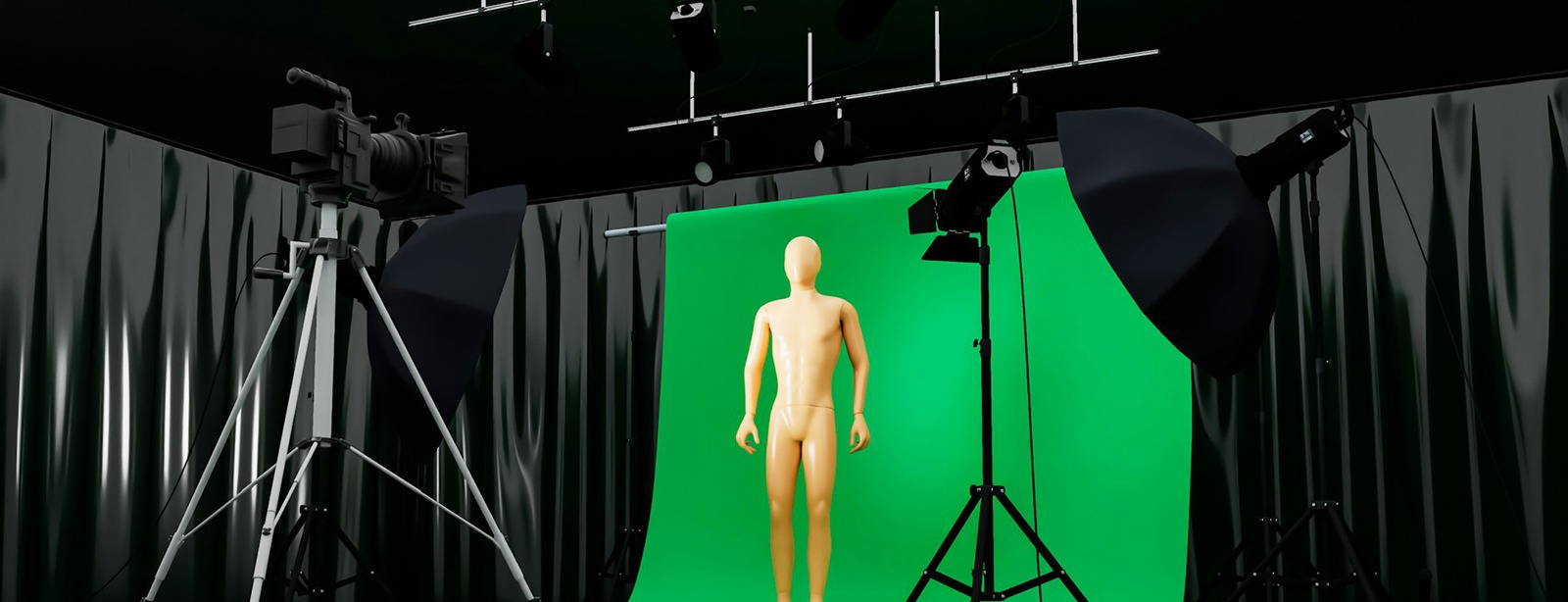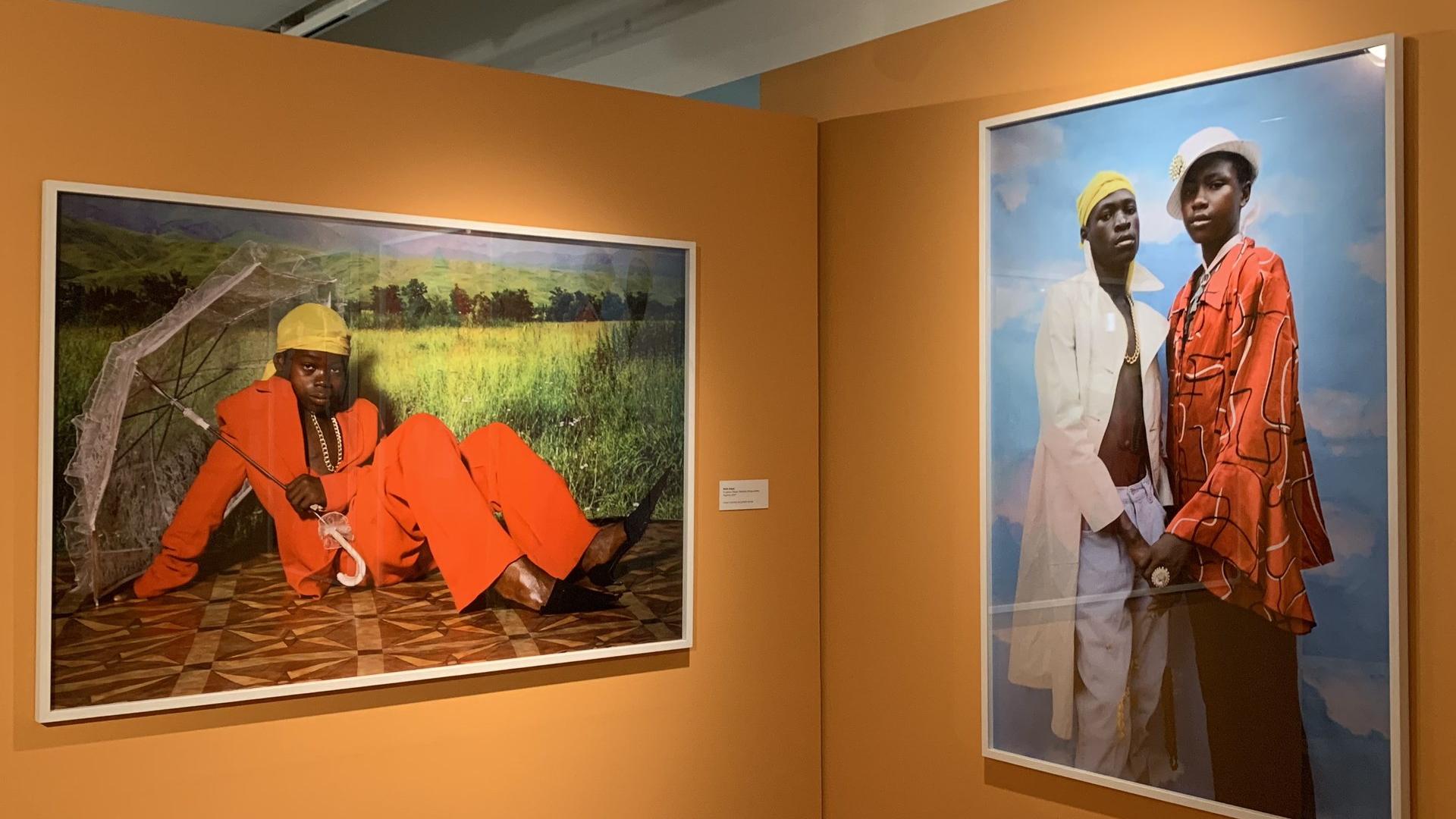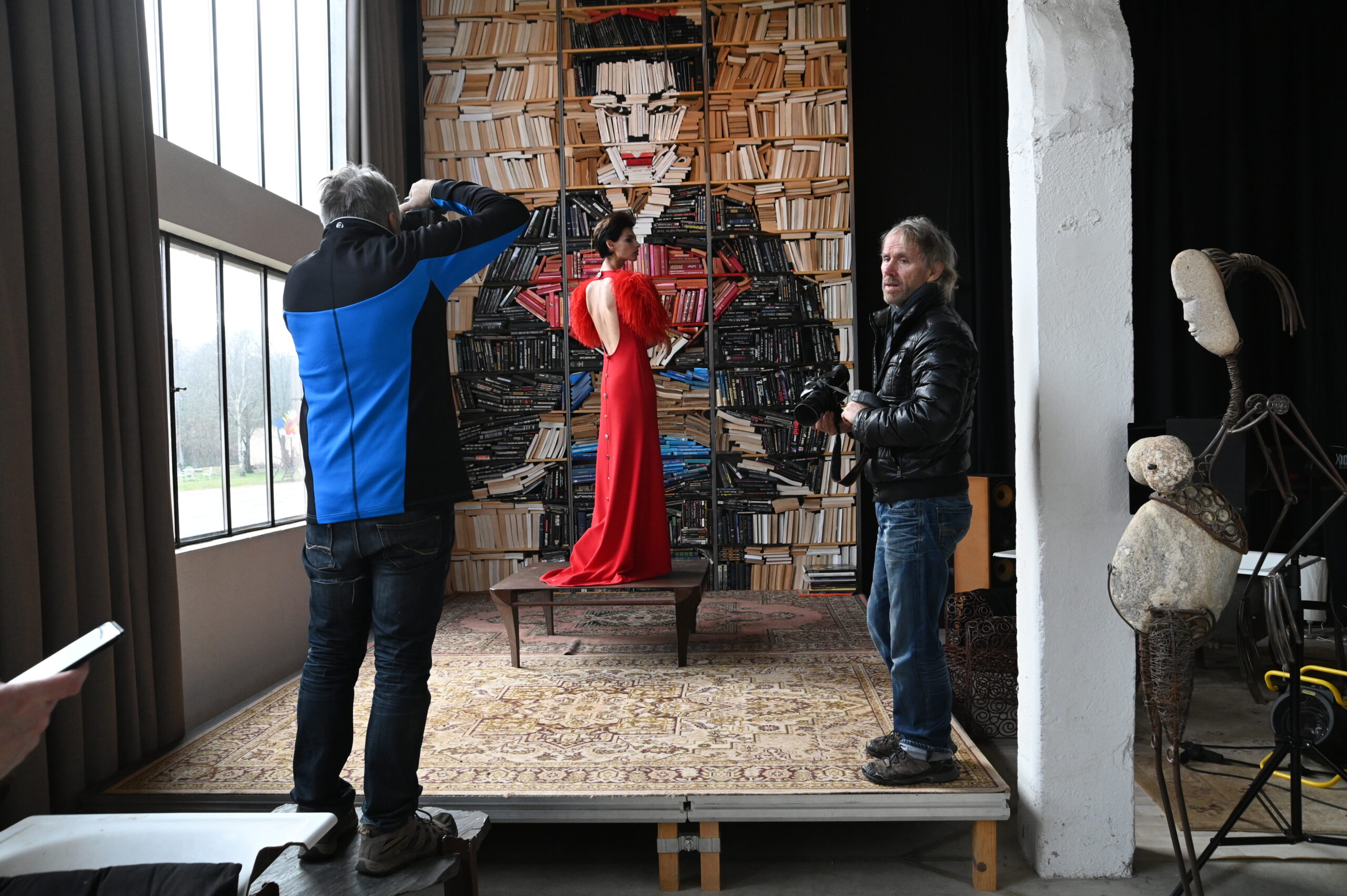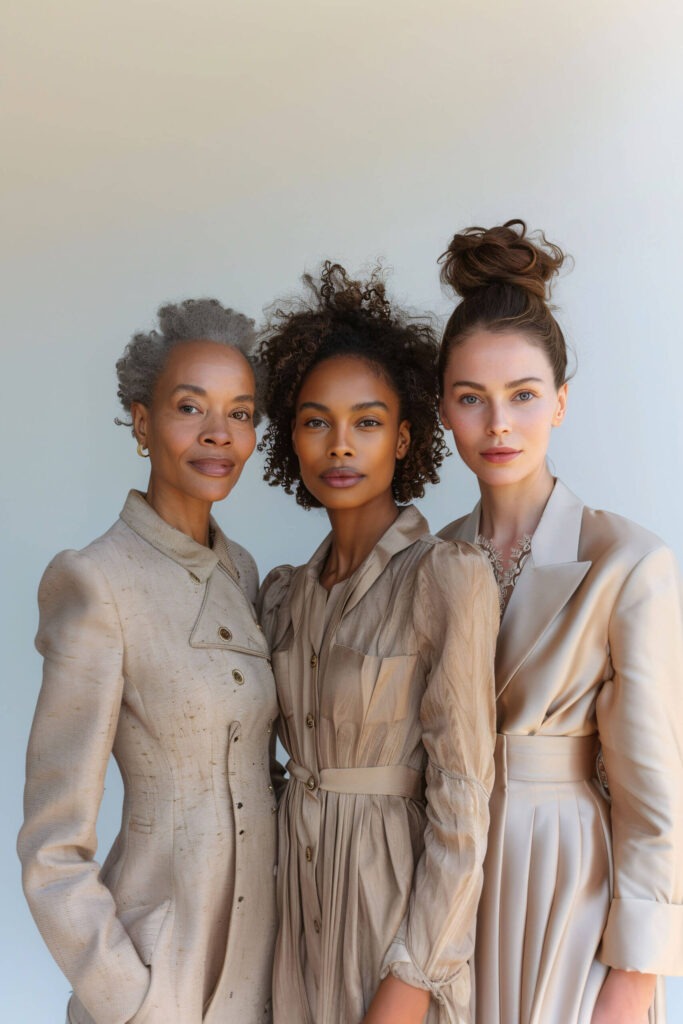Before the read
Studios are chasing built-in audiences, replacing résumés with follower counts to lower their marketing costs.
Going viral earns visibility, but it doesn’t always deliver the skill and discipline storytelling requires.
It risks trading long-term artistry for short-term trends—Hollywood turns into content, not cinema.
Hollywood’s TikTok Problem
Follower count is the new Screen Actors Guild card. In today’s Hollywood, you don’t need training, grit, or even the ability to hit a mark. What you need is a ring light and enough charisma to convince teenagers to smash “like” on a For You page. TikTok actors are landing lead roles not because they can carry a scene, but because they can carry a feed.

This isn’t a secret—executives say it outright. A producer once told me, “We don’t cast unknowns anymore. We cast pre-sold audiences.” Translation: Hollywood has stopped hiring actors. It’s hiring algorithms.
Why TikTok Stars Are Flooding Hollywood
Hollywood has always been allergic to risk. Now, in the age of shrinking cable packages and endless streaming wars, that allergy has become anaphylactic. Instead of betting on trained performers, studios are hedging on influencers who bring their own built-in marketing departments. Cast a TikTok creator with twenty million followers, and suddenly the studio’s ad spend drops by half. Why pay for billboards when your star can livestream the premiere to a direct-to-consumer fan army?
Executives also see TikTok as a talent incubator—except they’ve mistaken “visibility” for “versatility.” Going viral for a 15-second lip-sync doesn’t mean you can sustain a three-act character arc. But to the industry, those follower numbers look like a ready-made Nielsen rating.
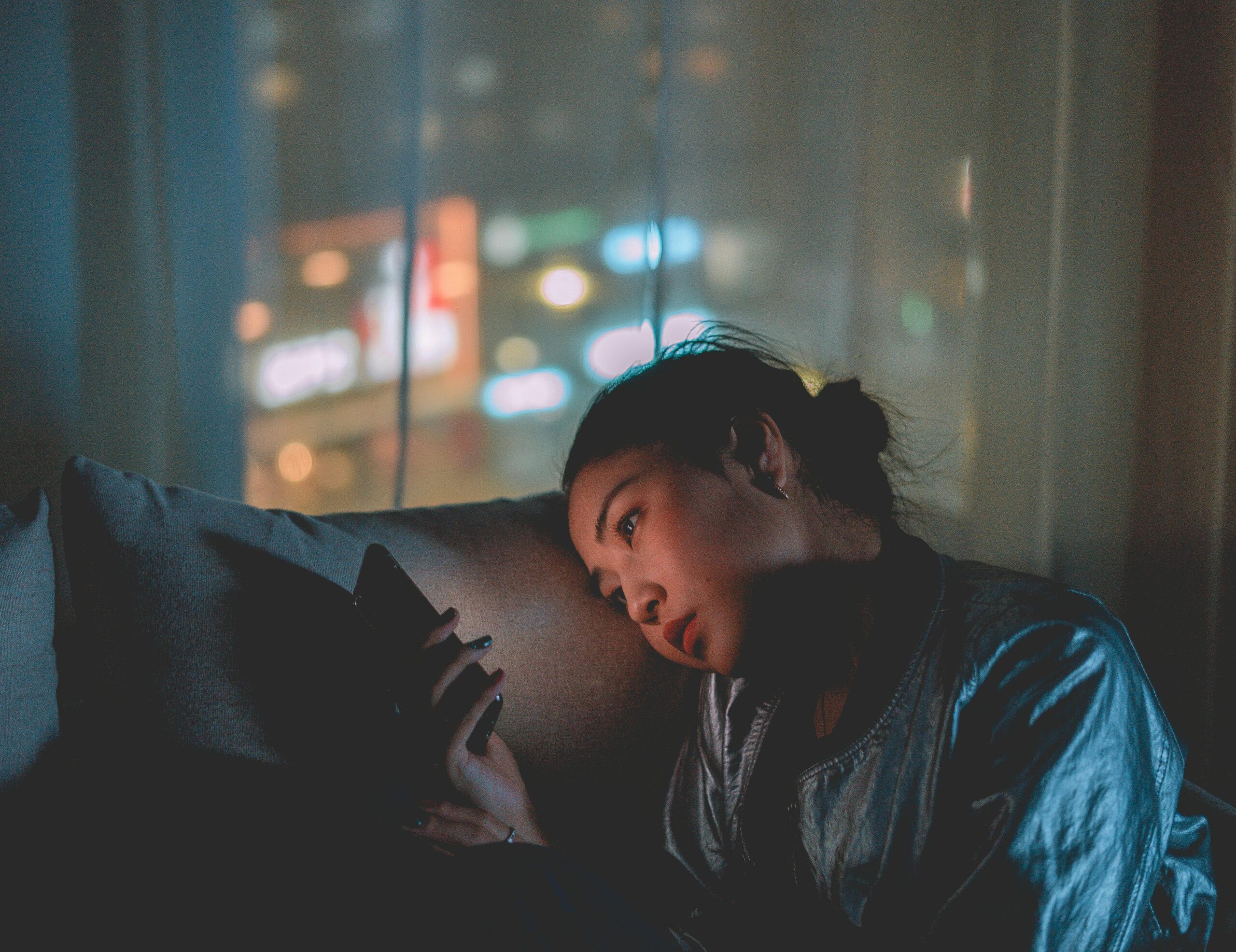
Why It Occasionally Works: Adults and Overcompensating
Yes, sometimes the gamble pays off. Adults and Overcompensating—both shows with TikTok names above the title—proved that, with the right context, influencers can deliver. Why? Because Hulu and Amazon understood the assignment.
First, they weren’t prestige dramas or Shakespeare revivals. They were tailor-made for the influencers’ strengths: quick banter, relatable humor, fourth-wall-breaking energy. These weren’t characters built from the ground up; they were extensions of online personas that audiences already knew. Casting was less about transformation and more about amplification.
Second, the creative teams behind the camera were seasoned pros. The writing, direction, and editing framed the influencers in the best possible light, filling in the gaps where raw experience was missing. In short, the shows worked not because TikTok actors became brilliant overnight, but because the industry built playgrounds around them.
It also doesn’t hurt that the influencers themselves—Benito Skinner and Jack Innanen, for example—already had comedy chops and distinct characters in their arsenal. Their transition wasn’t from zero to leading man; it was from phone screen to flatscreen. That’s a leap, sure, but one cushioned by years of creating sketch comedy and storytelling for a built-in fanbase.
But let’s be real—those are exceptions, not the rule.
Why It Mostly Doesn’t Work
For every Overcompensating, there’s a Sarah Cooper situation. Remember her? She was the TikTok comedian who blew up by lip-syncing Trump speeches with razor-sharp timing. Netflix handed her a show. It flopped. Not because she wasn’t talented—she’s wildly talented—but because the formula didn’t translate. What killed it was scale.
TikTok thrives on immediacy, intimacy, and micro-moments. Hollywood demands arcs, continuity, and depth. The craft of acting—listening, responding, building chemistry—can’t be learned in a three-camera setup after years of shooting skits in your bedroom. And audiences can feel it. I know I certainly can.
Is TikTok not diminishing our attention spans enough? Do we really need more TikTok in our living rooms?
We’ve seen influencer-led films tank at the box office, YouTube stars fail sitcom pilots, and TikTok actors’ range collapse when a scene requires more than a smirk or pratfall. Hollywood keeps thinking it’s discovered a new farm system. In reality, it’s plugging Instagram comedians into Broadway musicals and wondering why the reviews are brutal.
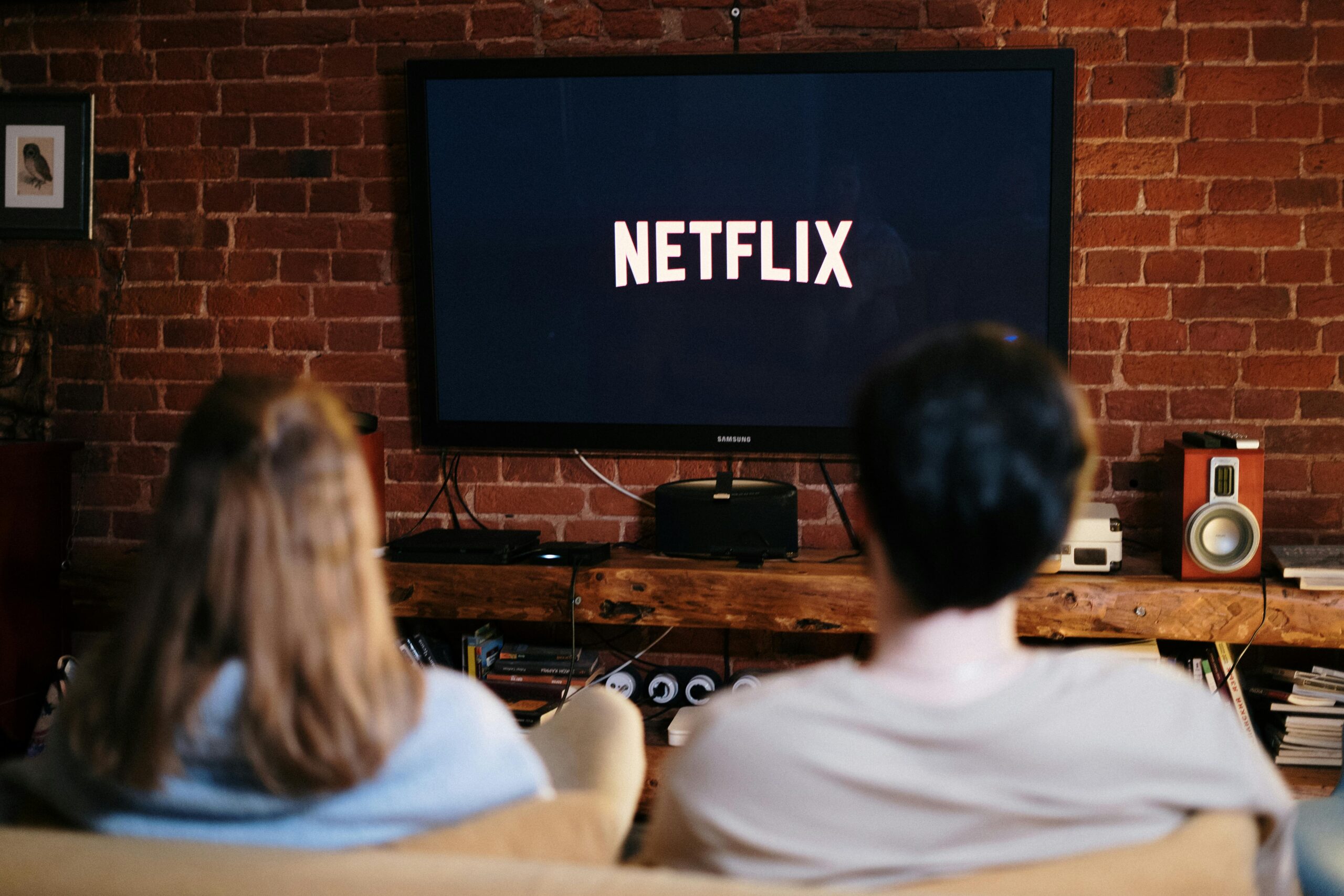
The Devaluation of Craft
The bigger problem isn’t that some influencer-led projects bomb. Failure is part of the industry. The problem is what this obsession with clout does to the value of the craft.
When casting directors are forced to prioritize follower counts over résumés, they’re effectively telling trained actors: your years of study mean less than a viral prank. Imagine being in debt from Juilliard while someone with a trending dance gets the lead in a Netflix teen drama. It’s not just insulting; it’s unsustainable. It’s a slap in the face.
Acting is already a precarious career. Now, we’ve added a new prerequisite: build an online brand or get left behind. Studios don’t want to develop actors anymore—they want engagement machines.
The Long-Term Impact on Hollywood
So what happens when traffic trumps talent?
- Homogenized Casting: TikTok favors a certain kind of personality—quirky, hot, loud, meme-able. Casting decisions start to mirror those algorithms, narrowing the diversity of stories told on screen.
- Short Shelf Life: Social media fame burns fast. The “it” TikTok star of 2022 is irrelevant by 2024. That instability makes for shaky careers and wasted investments.
- Creative Decline: Hollywood used to pride itself on star-making. Studios nurtured careers, trained actors, and invested in artistry. That infrastructure weakens when studios outsource their job to the internet.
- Viewer Fatigue: Audiences aren’t stupid. They can tell when a TikTok actor can’t hold a scene. At some point, novelty curdles into annoyance. We’ve seen this with influencer boxing, influencer restaurants, influencer fashion lines—there’s only so much clout-driven mediocrity consumers will pay for.

Why Hollywood Keeps Doubling Down
Here’s the catch: as long as social media translates into measurable engagement, studios will keep casting TikTok actors. Algorithms are seductive. They offer instant metrics in a business built on uncertainty. No one knows if a script will land or a pilot will test well. But a million likes? That’s a number you can put in a pitch deck.
Still, there’s a danger in mistaking clicks for staying power. Social media and storytelling are different mediums. One is about grabbing attention; the other is about sustaining it. Marrying the two takes more than casting someone with a viral dance—it takes infrastructure, mentorship, and actual craft.
What Needs to Change
Hollywood doesn’t need to ban TikTok actors. It needs to stop pretending follower counts are enough. If the industry wants to integrate influencers, it should treat them like athletes going pro: develop their skills, pair them with veteran creatives, and let them grow beyond their online personas.
There’s no shame in coming from TikTok. The shame is in mistaking TikTok for training. Sarah Cooper deserved better than to be thrown into the deep end without the right creative scaffolding. Others will too, unless the industry re-learns how to cultivate rather than exploit.
Final Cut
Hollywood’s clout-driven casting isn’t just a gimmick—it’s a symptom of an industry panicked about its own relevance. By outsourcing credibility to follower counts, studios are mortgaging their future. Craft takes time, discipline, and risk. Engagement takes a swipe.
When the algorithm is in charge of casting, what we get isn’t cinema—it’s content. And content, as the internet keeps proving, is disposable.
Hollywood can either keep chasing the next viral star, or it can invest in actors who might actually stick around longer than a trend cycle. One option builds an industry. The other builds a feed.
And here’s the thing about feeds: they refresh.
More by this author
The Wrap
- Hollywood is increasingly casting TikTok actors based on their follower counts, not professional training.
- Studios see influencers as built-in marketing tools, but visibility doesn't guarantee on-screen talent.
- Projects like Overcompensating succeed by tailoring to influencers’ strengths and supporting them with industry pros.
- Most influencer-led productions fail when social content creators are expected to deliver complex performances.
- Prioritizing clout over craft devalues trained actors and weakens the industry’s storytelling depth.
- Short-term fame and viral trends lead to homogenized casting, unstable careers, and creative fatigue.
- Lasting success depends on cultivating talent, not outsourcing performance to popularity metrics.
